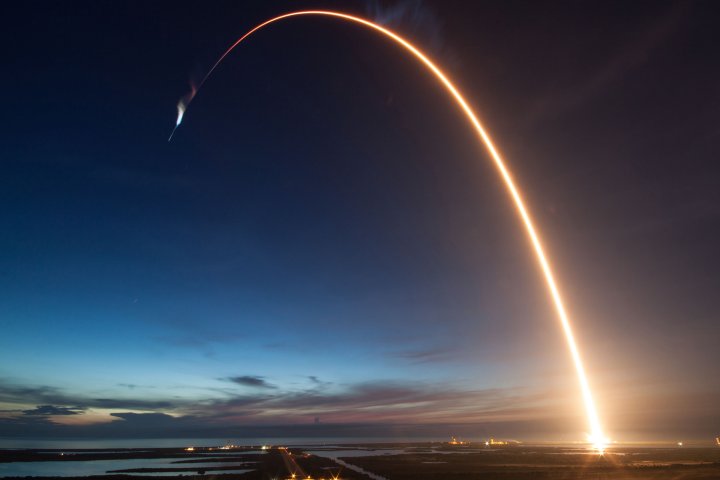While Elon Musk’s electric-car maker, Tesla, has been consumed by drama this year—from manufacturing setbacks to its founder’s self-inflicted Twitter wounds—his other high-profile company is transforming space travel. By lowering the cost per pound to reach orbit while introducing technological innovations, SpaceX is helping lift the entire space sector.
The past year has been particularly bright. January marked the first flight the new Falcon Heavy booster—a 27-engine rocket capable of muscling the largest payloads to space for just $90 to $150 million, compared to $350 million for the Delta IV, a government and private industry workhorse. Musk made the launch unforgettable by sending a Tesla with an astronaut dummy at the wheel along for the ride—an image that saturated social media for days.
SpaceX is also continuing to succeed at safely landing the first stage of its Falcon rockets. Rather than tumbling into the ocean after its work is done, a Falcon first stage descends under controlled rocket power, to be used again.
There have been setbacks: SpaceX has been slow off the mark getting astronauts into space. The company’s first crewed flights were supposed to be in 2016. Now they’re not expected until 2019—if then. And though Musk’s pubic missteps have mostly hurt Tesla, such behavior doesn’t inspire confidence in any of his companies. Still, with every successful launch, SpaceX is showing that a by-now familiar technology can be transformed in new and industry-leading ways. —Jeffrey Kluger
